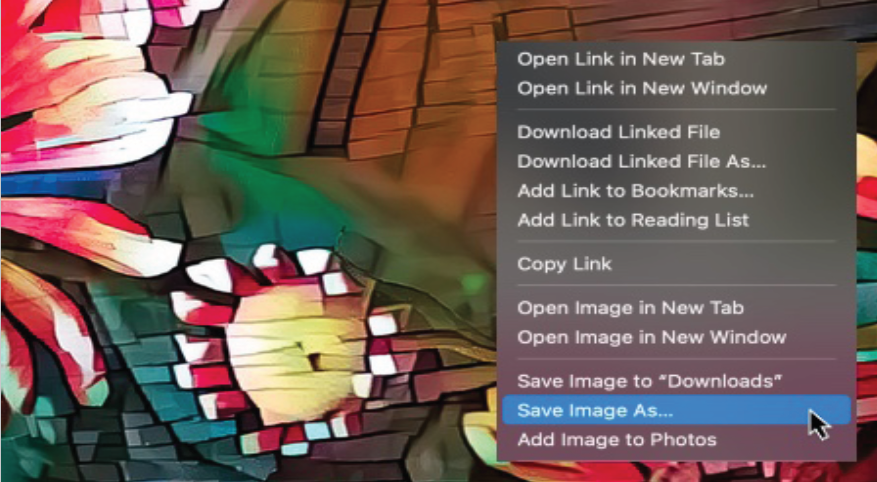
Riley Sardinha
Arts & Entertainment Editor
There’s a new art form taking the internet by storm. It’s so online, it’s made up entirely of data. What’s more is that, if you buy thi data for thousands of dollars, everyone else can view the actual art it’s attached to for free.
I am of course talking about non-fungible tokens, or NFTs. Non-fungible refers to their inability to be used as currency, unlike something such as Bitcoin.
NFTs can first be purchased as a digital art piece, and accrue value over time to be liquidated for more money later on. The turbulence of the cryptocurrency economy is just the tip of the iceberg as to why NFTs are so risky.
As a form of cryptocurrency, NFTs can be any piece of media attached to blockchains, which allows their data to be one-of-a-kind. If a person buys an NFT or wins it in an auction, they are the sole owner of that unique bit of data. However, the art that comes with it is still considered public domain to be viewed by all.
NFT radicals often put down others for saving or screen-shotting what they’ve paid so much for. These ‘right-clickers’ are simply doing the sensible thing with pictures and videos they like; just save it to your files for free. The whole process appears to be a convoluted scheme for technology enthusiasts to get bragging rights over ownership of data.
To look at it positively, some see NFTs as a greater and more direct way for creators to make money off their art and for collectors to financially support them.
Artists have hit a lot of roadblocks when trying to make money off their hard work, and advertising themselves is only half the battle. Once they’re actually noticed, artists usually set prices for commissions based on a formula of both the cost of materials that are used and the time it took to make the piece.
For example, if one print was made in the span of ten hours, and the artist sets a minimum wage for themselves, that piece would cost about $70.00. This changes based on the medium, materials, personal values, and physical limitations of the artist.
Considering the average NFT sells for just over a thousand dollars, if an artist gets even a small percentage of that cut, they would be better off here than they would selling their art independently.
Unfortunately, it’s also incredibly easy for someone to list random, stolen illustrations as NFTs on auction websites without compensating the original artists at all.
More than a needlessly complicated process of purchasing cryptocurrency, NFTs can pose legitimate threats to the natural environment.
Due to the risk of blockchains experiencing data corruption or hacking, smart contracts are applied to these pieces of data to ensure they’re sent to buyers in one piece. This makes it more structurally unique while consuming even more energy to keep it intact.
To give a real-world example, French artist Joanie Lemercier sold six videos showcasing his digital sculptures through an affiliated website. Within ten seconds, all six sold out whilst consuming 8.7 megawatt-hours of energy, which is about equal to how much would typically be used within that same studio in a two year timespan.
Two years of maximized energy in ten seconds for a few videos that could have been sent to buyers through normal instant messaging is utterly pathetic.
To be direct, NFTs are likely just a passing fad in the world of cryptocurrency. This is a market experiencing hyperinflation due to the availability and ultimate worthlessness of the art pieces in it. Soon enough, we’ll all be saving images and paying for commissions again whenever we want without regard for overloading our electric bills.
Email Riley at:
rsardinha@live.esu.edu

